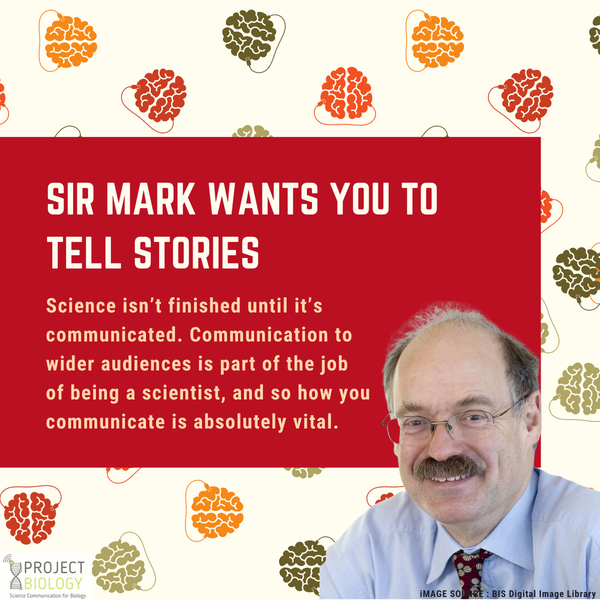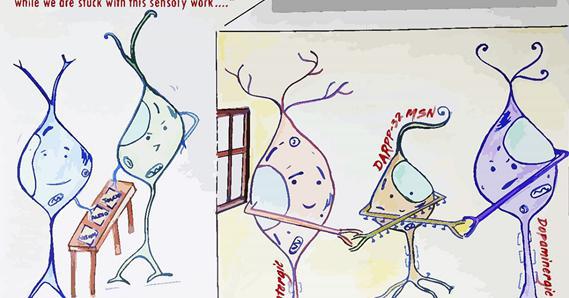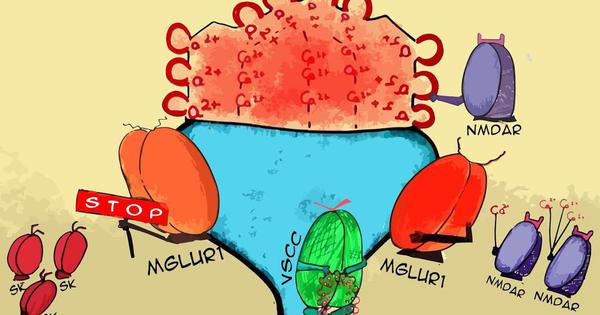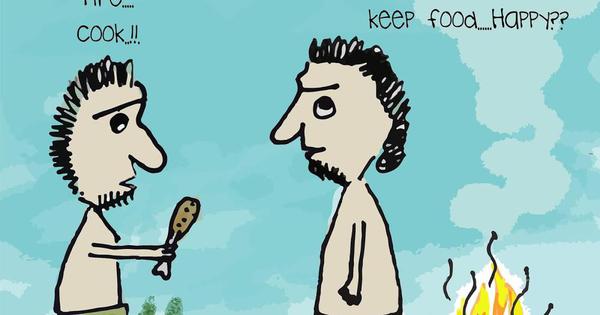
How our brain responds to storytelling?
In the early 1960s, Dr. Harry Angelman, a British pediatrician, attended to three young patients at the Warrington group of hospitals. These children were strangers to one another, being handicapped and having multiple disabilities as if presenting different illnesses.
Yet something similar about the three children struck the experienced eye of Dr. Angelman, something he could not put into words. But the lack of diagnostic methods prevented Dr. Angelman from talking about these cases to the med
Yet something similar about the three children struck the experienced eye of Dr. Angelman, something he could not put into words. But the lack of diagnostic methods prevented Dr. Angelman from talking about these cases to the med











